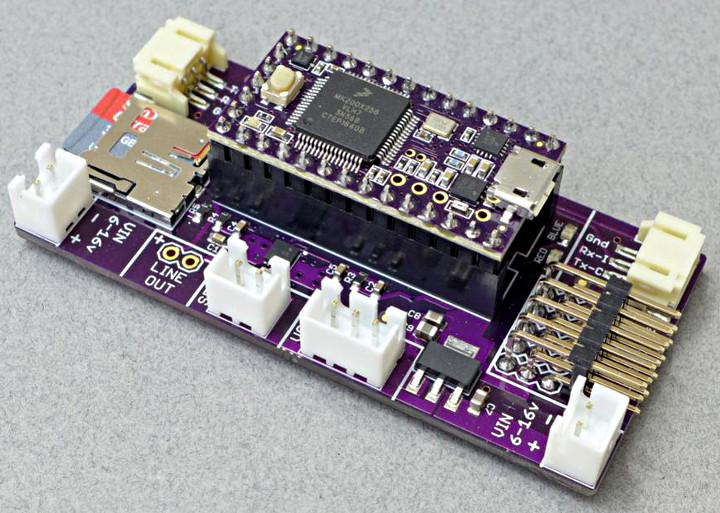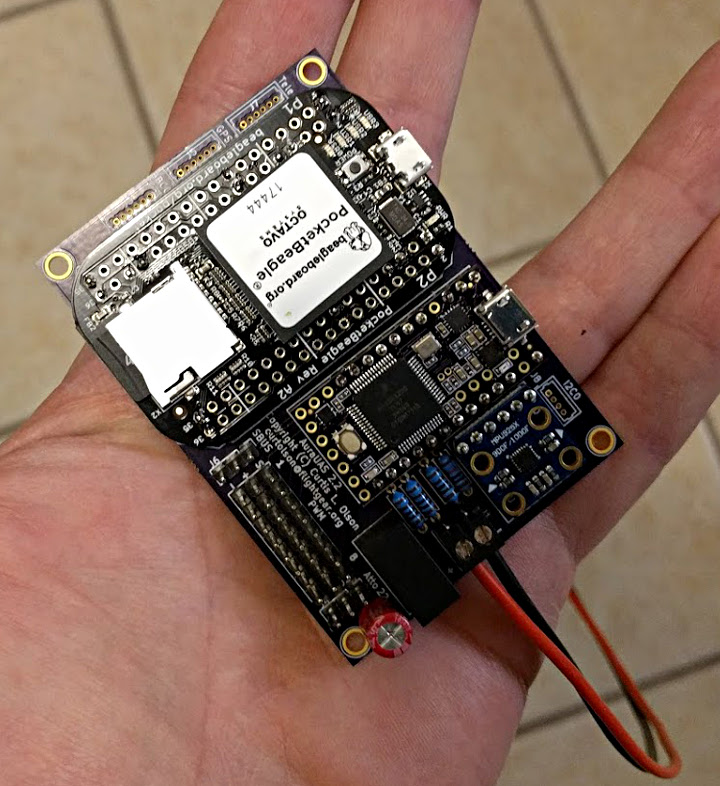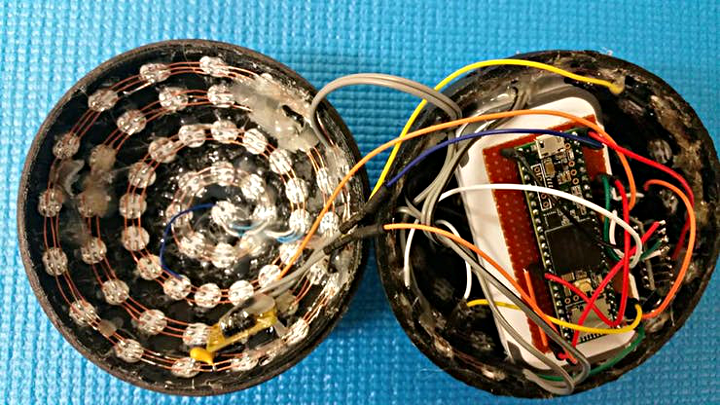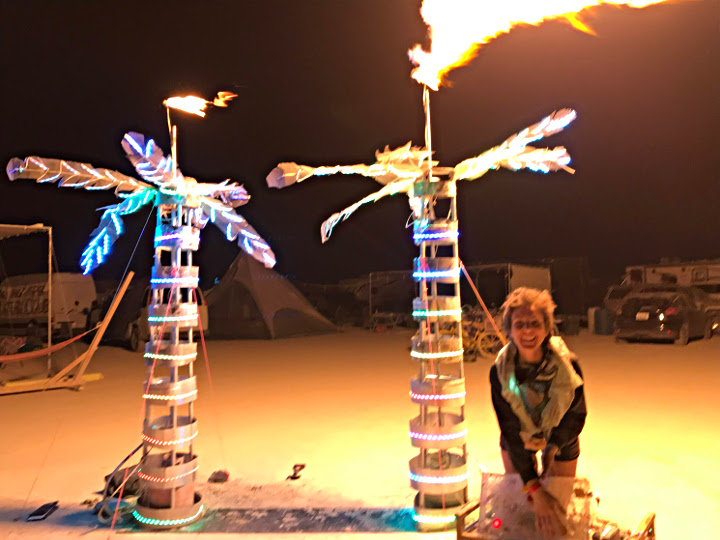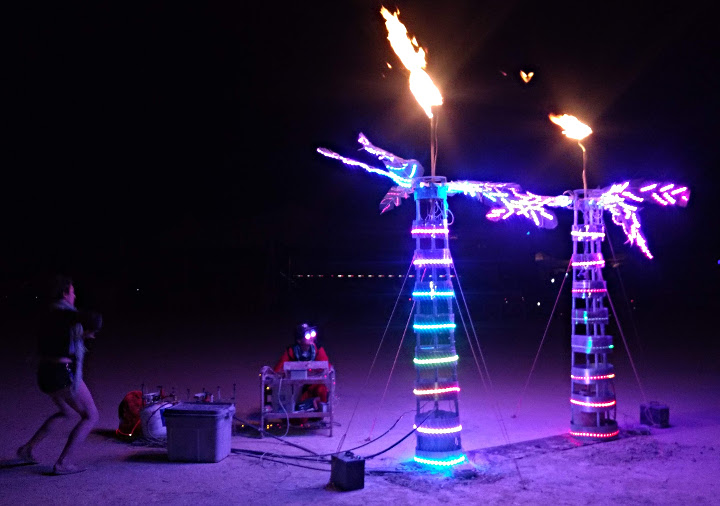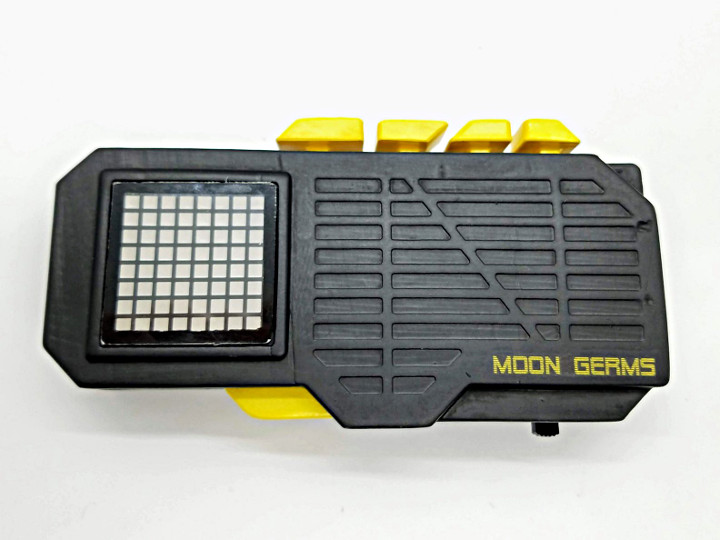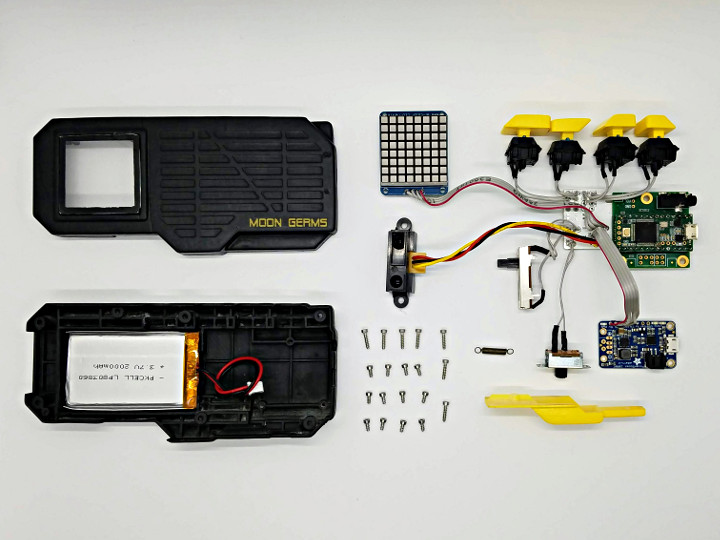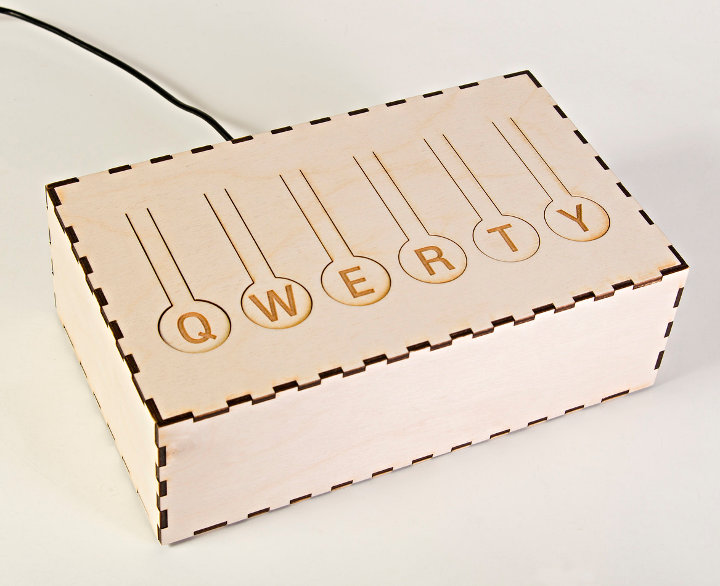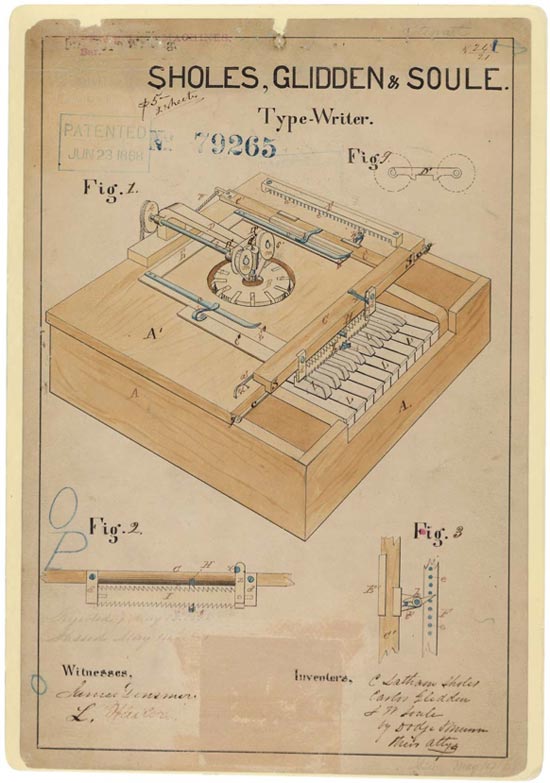Frank Adams converted a Sony Vaio PCG-K25 laptop into a Raspberry Pi computer using a Teensy ++ for the keyboard controller.

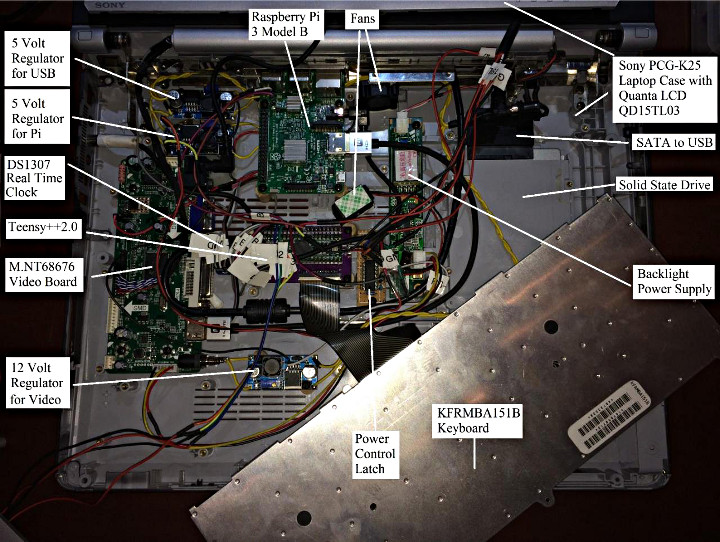
In this project Frank uses a Teensy ++ to handle the VAIO keyboard, buttons, and LED I/O. It also replaced the control pad for the M.NT68676 video card. The Teensy also monitors the battery voltage and returns the result over the I2C bus.
The Teensy is mounted to a circiut board that Frank designed to bring out the pins. 24 of the Teensy digital I/O pins routed to the FPC connector pads and the remaining I/O pins are routed to through hole pads for connecting other devices – touch pad, video card, LEDs, and the Raspberry Pi.
This video shows the Pi-Teensy laptop in action
The code for the project, as well as a great detailed write up on the project is available in this Github repository.
